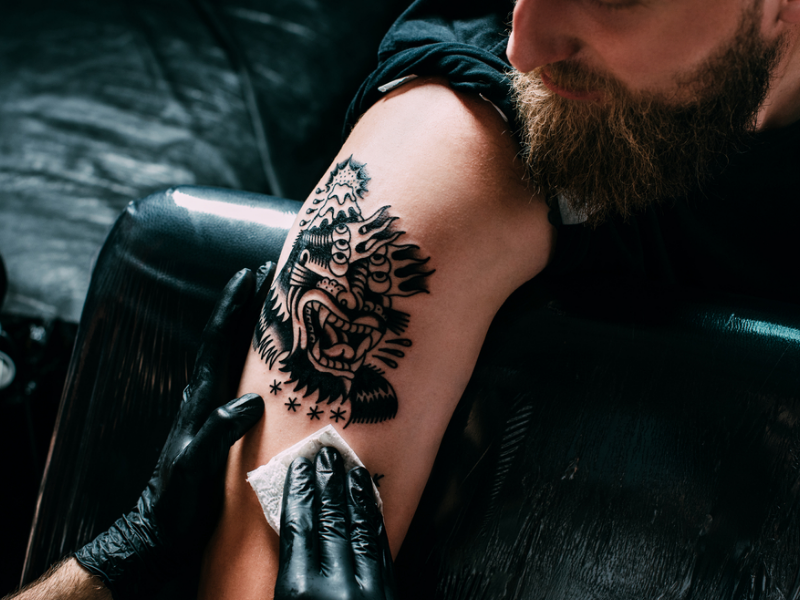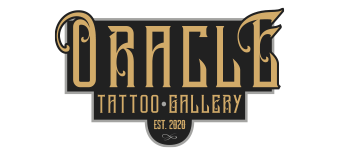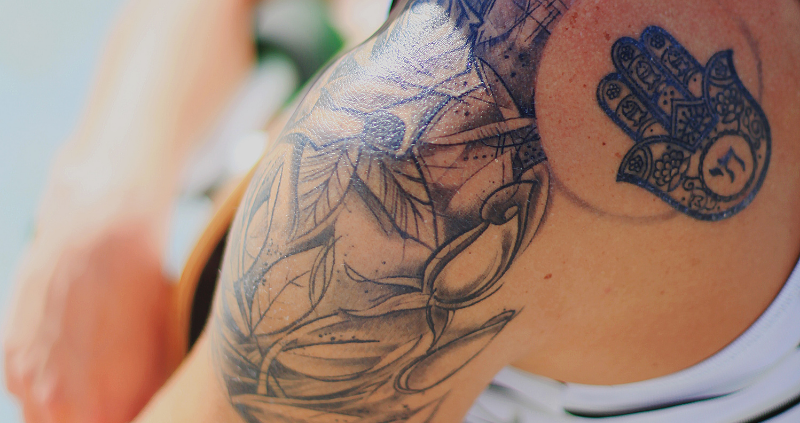How To Tell If My Tattoo Is Healing Properly?
After you have been inked, you want to know how long the skin takes to heal. In some cases, the outer layer of skin heals within two to three weeks. However, it can still take about six months for the healing process to finish. Here are a few things that you need to know about tattoos and the healing process.
The Healing Stages
In many cases, tattoo healing can be divided into several stages. Your tattoo will be bandaged for the first day, and you should treat it as an open wound. You might notice oozing, inflammation, swelling, redness, or a burning sensation on the skin. Many of these symptoms will occur for the first week.
During the second week, you will notice flaking and itching. You should not be concerned with flaking skin. That peeling is a normal response to tattooing. You never want to pull at the skin. It is crucial not to pick at the skin or scabs. At this time, make sure that you apply moisturizer to the skin so that the area stays hydrated.
For the next few weeks, your tattoo could start to dry out. If you continue to experience redness or oozing, that is often a sign of an infection. During this time, your tattoo might appear to look less vibrant. However, after a few weeks, your skin will exfoliate to reveal a bright and vibrant tattoo.
It is important to keep up with the aftercare for the next few months. After the second month, you will notice that the redness and itchiness have subsided. You need to keep your skin hydrated, wear sunscreen, and clean the area.
Reducing The Healing Time
Everyone wants to take steps to heal a tattoo quickly. However, since it is a wound, it needs special care and time. For starters, you want to cover that tattoo with clothing. Sunlight can damage the ink. Make sure to wear loose clothes when you are outside. However, don’t apply sunscreen to the skin. That lotion can lead to skin irritation.
Along with that, you never want to rebandage a tattoo after you have removed the initial dressing. Tattooed skin needs to breathe in some fresh air. When you cover your skin, it can prevent oxygen from reaching the surface and may result in extra moisture. In turn, that can slow the healing process and cause scabbing.
You also want to clean the skin daily. Make sure to use lukewarm water. Hot water can open up the pores and hurt your skin. Some Philadelphia tattoo shops recommend that you wash the skin about two or three times a day. However, always follow the advice of your artist.
Before you start to wash, make sure that your hands are clean. You want to use an antibacterial soap to cleanse the skin. Splash some water on the tattoo and gently apply an antibacterial soap. You can pat dry with a clean paper towel or allow the skin to air dry.
After that, it is time to apply ointment. After you have been tattooed, your skin needs time to heal. Unless recommended by your artist, you want to avoid heavy products like Vaseline. You will want to use lightweight and fragrance-free moisturizers to help your skin heal.

In addition to that, you never want to pick or scratch at your skin. You will notice scabs on your tattoo. While these scabs look unsightly, they are part of the healing process. When you pick at your skin, that will delay the healing process. Plus, it could affect the appearance of your tattoo, resulting in scarring.
While scented products might smell pleasant, you want to avoid scented soaps and lotions on your skin. You might even want to avoid scented body washes and shampoos. Some fragrances can cause allergic reactions when they come in contact with your tattoo.
Finally, you don’t want to soak your tattoo in water. You can apply sterile water to clean the area, but you should avoid baths. Along with that, you want to avoid swimming pools for the first two weeks after getting tattooed.
How To Know Your Tattoo Is Not Healing
While most tattoos will heal with no problems, there are certain situations when the tattoo is not healing. If you have a fever or chills, it could indicate that your tattoo has become infected. In those cases, you will want to see a medical professional.
Any extended periods of redness are a cause for concern. Redness is normal for a few days. However, if the redness does not go away, your skin may be infected. Plasma will leak from the skin, but green or yellow pus is another indication of an infection. With that, you will want to see a doctor for treatment.
Make sure that you pay attention to the areas around your skin. Puffy or swollen skin could be a sign of an allergic reaction. Unfortunately, tattoo ink can trigger this response. With that, you might experience hives or severe itching. In many cases, this reaction can happen right after your inking session.
Finally, you always want to avoid scarring on the skin. Since the tattoo is a wound, you need to take those steps to prevent scars. That is why it is crucial to keep the skin hydrated and never pick at the tattoo. Puffy skin, redness, distorted color or pitted skin are signs of scarring.
Final Thoughts
After being tattooed, the skin’s outer layer will take about two to three months to heal. In some cases, the healing process can take longer. If you want to speed up the process, you need to follow some aftercare practices. Make sure to keep it clean and apply moisturizer. You want to take these steps to reduce any infection risks or damage to your tattoo.
Local Tattoo Shops Near Me
If you are ready to schedule a tattoo session, make sure to book with the top artists in Philadelphia. At Oracle Tattoo Gallery, we will turn your body into an impressive work of art. You can schedule a consultation by calling 215-638-1601.



